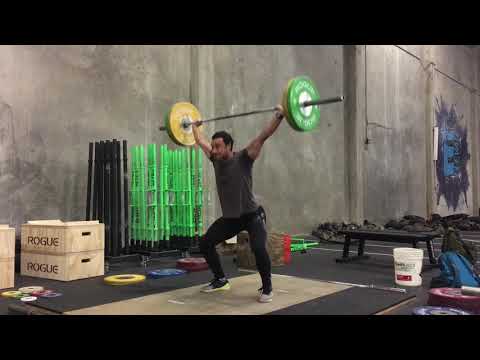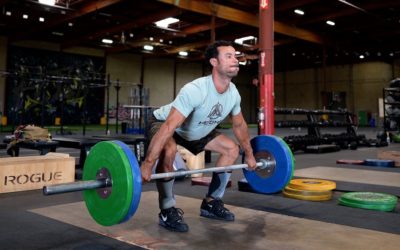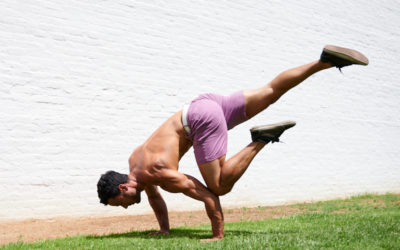The Power Snatch is an accessory exercise for the the clean in Olympic weightlifting.
Points of Performance:
- Start position should be with the barbell in close proximity to shins with the front edge of the shoulder slightly ahead of the bar when viewed from the side.
- The initial movement from the floor is initiated with a strong push from the quads more than the clean due to the lower position required with the wider grip used in the snatch.
- Back angle should remain constant from the floor to the time the barbell crosses the knees, at which time the torso will become more vertical.
- All upwards force on the barbell is produced by the legs.
- Arms aggressively pull your body down into the correct receiving position.
- Receive the bar above parallel (femur parallel or above in relation to floor).
- A missed Power Snatch should result in a Snatch (full squat). In other words your feet should land in your squat position on all power cleans.
Error Correction:
- Slow turnover in Snatch
- Falling under clean/lack of elevation force on barbell during clean
- Barbell crashing/soft shoulders at receipt of barbell
- Improve timing between 2nd and 3rd pull
Common Faults:
- Pulling the bar upwards/muscling weight with arms
- Spreading the feet excessively to receive above parallel
Training Effects:
- Develops ability to accelerate barbell vertically/higher with legs.
- Increases speed of turnover.
- Develops ability to absorb force and abruptly arrest momentum.
Other Benefits:
- Effective at lighter weights to develop mechanics and consistency while still allowing recovery between tough workouts.
- Can be used more effectively than the full snatch by athletes with flexibility/movement limitations due to injury or lack of flexibility.
- Many variations to develop aforementioned effects in more specific training protocols.
See also: Hang Power Snatch (Below Knee), Hang Power Snatch (Above Knee), Hang Power Snatch (Upper Thigh), Dip Power Snatch







